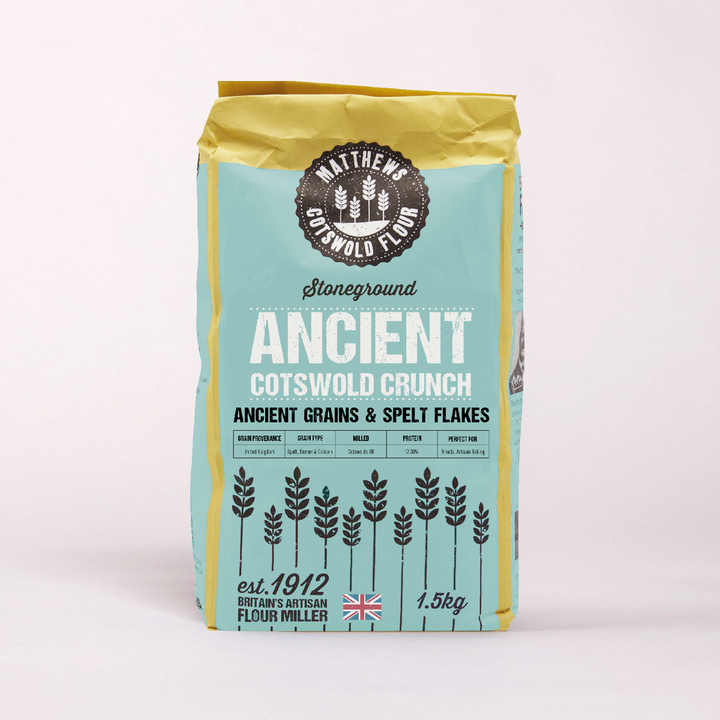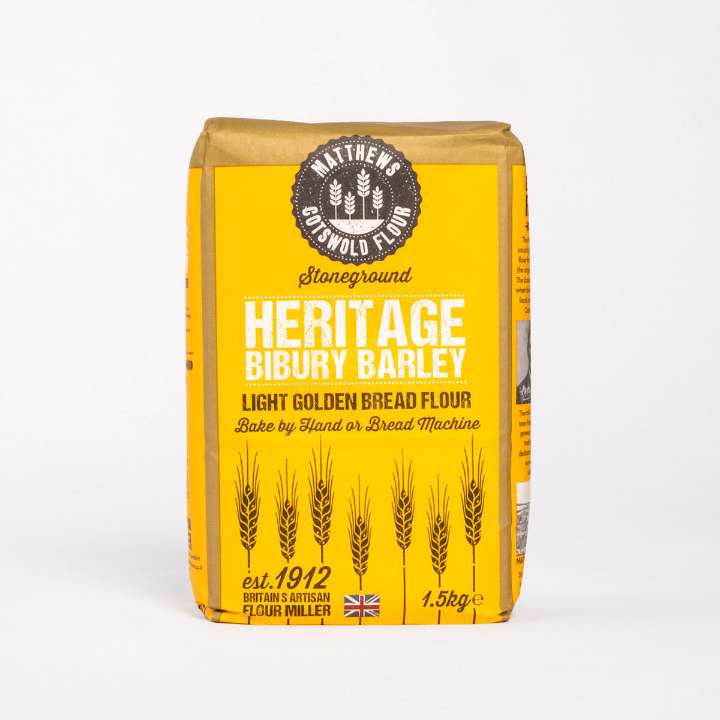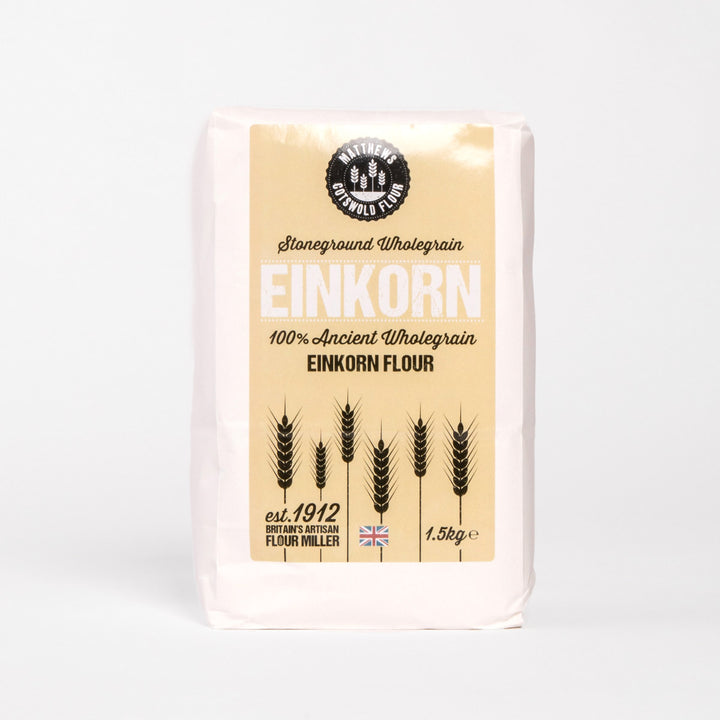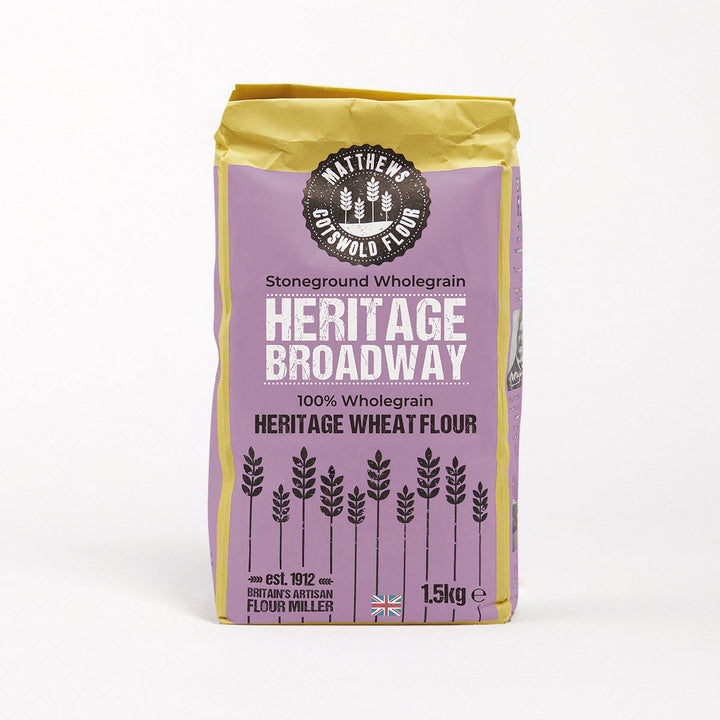The history of rye flour and rye bread
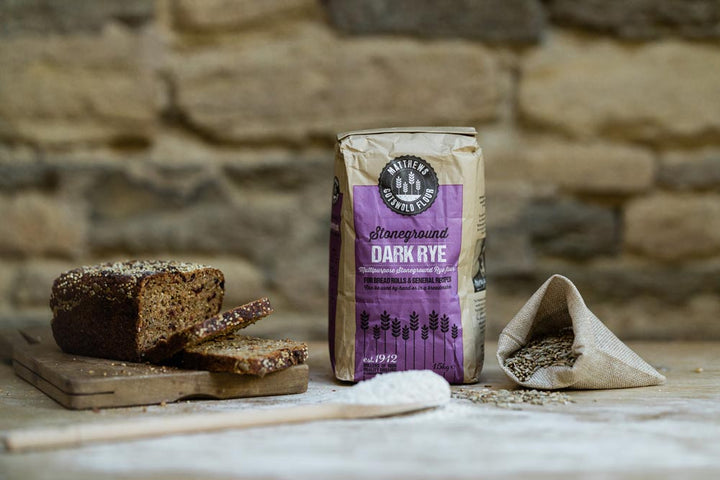
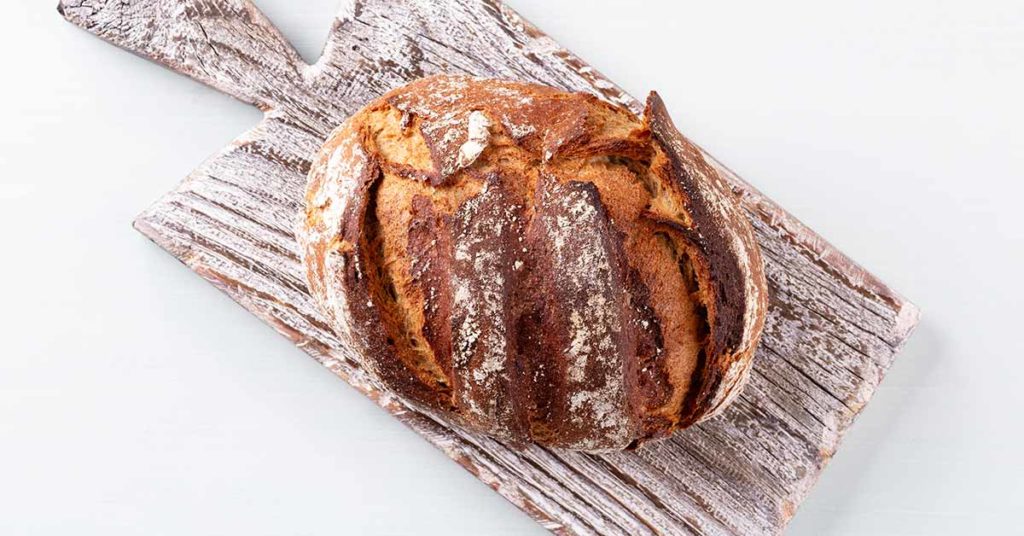
What is rye?
Rye is a close relative of wheat and barley. It has a deep, rich taste and is packed with vitamins and nutrients. Rye became a staple food in Europe during the Middle Ages, where it was cultivated in Central and Eastern Europe and was used to produce both bread and alcohol. Rye grows better in poor soils and cold temperatures compared to other cereal grains, surviving in snow cover that would otherwise kill wheat.
In some countries such as Germany and Russia, it is common to make bread with 100% rye flour. Conversely, in places like the States, it is common for rye bread to contain as little as 20% rye in order to create more rise and a more airy texture.
What is rye flour?
Refined flours remove the bran and the germ from the grain, which strips the final product of protein and other key nutrients. This is why many processed flours have nutrients added back in.
Rye flour comes in different varieties, ranging from light to dark, with light rye flour being the most refined and dark rye flour being the least refined. Pumpernickel flour is rye flour that is coarser and wholly unrefined. The unrefined rye berry (which can be ground into rye flour) can also be used for porridge, cereal and salads.
Nutrition
Rye flour is loaded with key nutrients, which include phosphorus, magnesium, zinc and iron. While wheat bread has more protein, rye bread generally has more fiber. Because rye bread is heavy and dense, it is possible to blend it with a high-protein flour to help it rise better. Often the rye bread and rye sourdough that you find in shops and bakeries has been blended with other flours in order to give it a paler colour and a more substantial crust.
Compared with white bread, rye bread has a lower glycemic index, which means it causes a slower, more gradual increase in blood sugar.
Rye in Baking
Rye is not gluten-free, but has less gluten than wheat and barley. It is also less elastic and does not rise and trap air the same way as wheat gluten. Wheat gluten is what makes breads like ciabatta and baguettes light and chewy, with characteristic air holes. Rye flour, on the other hand, produces a more compact and dense bread.
The time required to bake rye bread is about the same as it is for wheat bread – around half an hour. However, bread made with rye flour does take longer to prove (the final rising process in breadmaking).
An all-rye bread has a much longer shelf life than bread made from other grains, measured in months rather than days or weeks. For this reason, it is ideal for taking on long trips and expeditions. Because of its density, it is typical for rye bread to be sliced very thinly.
The best known rye breads include pumpernickel bread, which is a heavy and sweet bread of Germanic origins made using coarse, unrefined rye flour and a sourdough process, and Nordic crisp bread (Knäckebröd), a flat and dry type of cracker originating from Sweden.
ing to expand your baking repertoire, rye is a healthy and versatile flour that you can experiment with.
History of rye
Rye is one of a number of species that grow wild in central and eastern Turkey and in adjacent areas. Domesticated rye grew in small quantities at a number of Neolithic sites in Asia Minor (Anatolia, now Turkey). It is likely that rye traveled west from Asia Minor as a minor admixture in wheat, and was only later cultivated in its own right.
Since the Middle Ages, people have cultivated rye widely in Central and Eastern Europe. Rye serves as the main bread cereal in most areas east of the France–Germany border and north of Hungary.
Winter rye
Winter rye is any breed of rye planted in the fall to provide ground cover for the winter. Winter rye grows during warmer days of the winter when sunlight temporarily warms the plant above freezing, even while there is general snow cover. Winter rye can be used to prevent the growth of winter-hardy weeds and can be either harvested as a bonus crop or tilled directly into the ground in spring to provide more organic matter for the next summer’s crop. Winter rye is seldomly used in winter gardens and is a common nurse crop.
Why farmers like to grow rye
Rye grows better than any other cereal on heavy clay, and light, sandy and infertile or drought-affected soils. It can tolerate a pH of between 4.5 and 8.0, but soils having pH 5.0 to 7.0 are best suited for rye cultivation. Rye grows best on fertile, well-drained loam or clay-loam soils.
Harvesting rye
Harvesting rye is similar to harvesting wheat. It is usually done with combine harvesters, which cut the plants, thresh and winnow the grain, and release the straw to the field, where it is later pressed into bales or left as soil amendment. The resultant grain is stored in local silos or transported to regional grain elevators and combined with other lots for storage and distant shipment.
Before the era of mechanised agriculture, rye harvesting was a manual task performed with scythes or sickles. The cut rye was often shocked for drying or storage, and the threshing was done by manually beating the seed heads against a floor or other objects.
Do you know these 4 health benefits of rye bread?
Visit our online flour shop for a wide selection of rye flour products such as dark rye flour and light rye flour!
← Older Post Newer Post →

